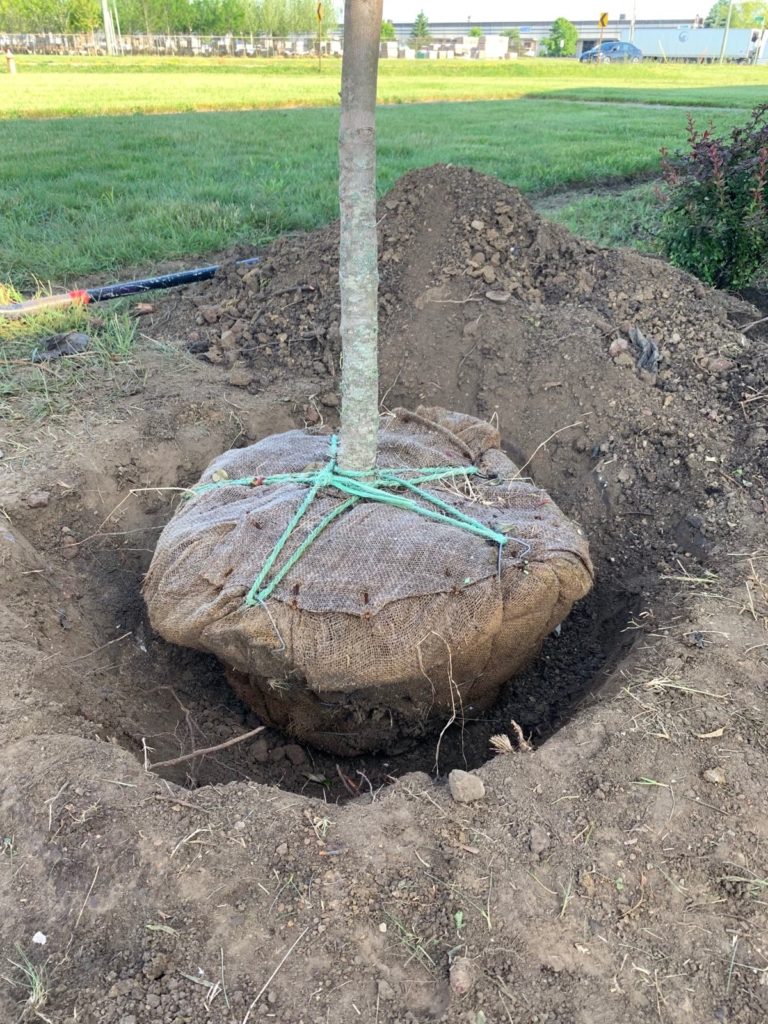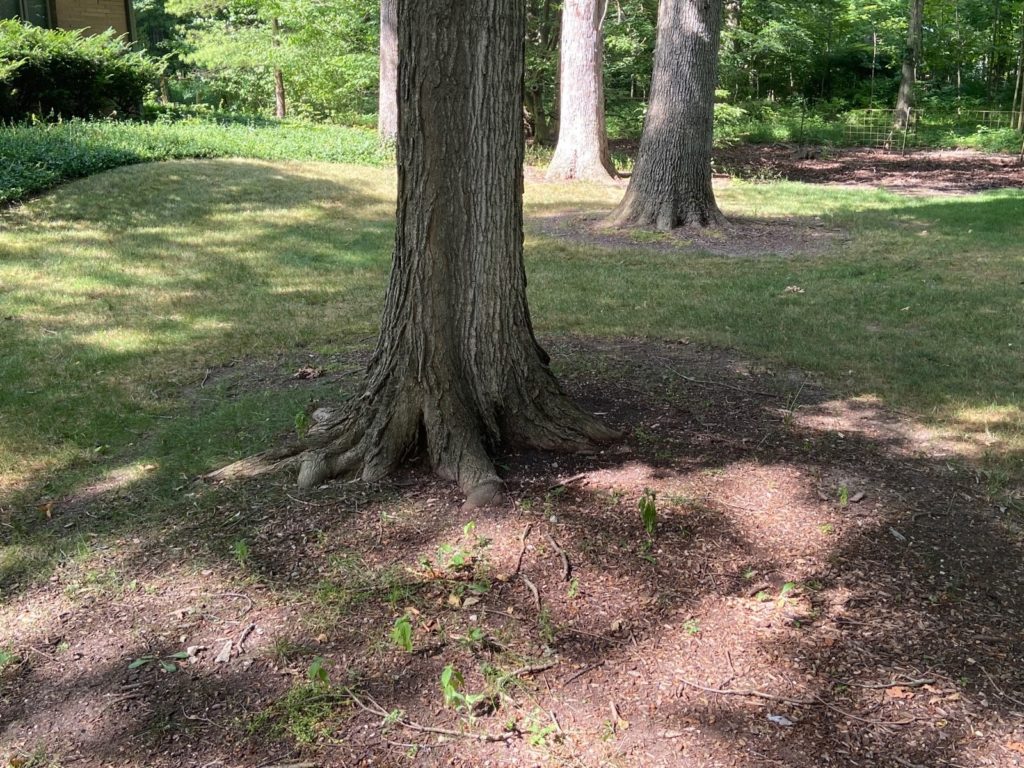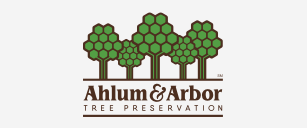Proper planting practices play a crucial role in the health and life of a tree. It goes much more in depth than just buying your favorite tree from the nursery, plopping it in the ground, covering it up with some dirt and calling it a day. Trees are complex organisms that require proper care in order to thrive and be vigorous in their new environment. Unfortunately, not a lot of tree buyers are informed enough on the proper way to transplant and take care of a tree once it is brought to its new home. This article will help to eliminate those common mistakes and provide you with the information you need to prepare your tree for success.

Initial Planting Procedures
Once you have purchased that perfect tree from the nursery and marked the exact place you want it, it is now time to grab a shovel. Before you start digging just any hole, it is important to note that the size and depth of the whole is determined by the size of the root ball. Ideally you want to have your hole’s width be twice the size of the root ball. This ensures that your tree’s roots have plenty of room to develop.
Common Mistakes
Before you begin planting your tree, it is important to understand the common mistakes to avoid. Once your hole is wide enough, you need to make sure that you do not dig down too deep. When a tree is planted too deep, the soil will become too compacted around the base of the trunk. This prevents oxygen from getting into the soil and can result in girdling roots that suffocate the tree. Another common mistake is failing to remove the burlap and twine materials that wrap around the root ball. These materials can put added stress on the base of the tree and disrupt the root system.
Use Nature As Your Frame of Reference
If you are curious about what tree to plant and how it should look in the ground, it is always a good idea to see what a tree looks like in its natural environment. Next time you go for a walk in the woods notice how every tree has an exposed root flare where the root begins to curve away from the base of the trunk. You can think of the root flare as the feet of the tree. Think of these trees when you are planting and think to yourself, “Does the tree that I am planting resemble a tree in its natural environment?”.

Post Planting Maintenance
Lastly, once your tree is safely in the ground you can now begin to water it. The size of the trunk’s diameter determines the amount of water it receives. Our tree planting fact sheet has a visual table that shows the amount of water that should be added based on the trunk’s diameter. We recommend that you check out that fact sheet for more information on proper mulching and watering. Planting a tree is a complex process where a lot of mistakes can be made. These mistakes result in poor tree health or even the death of the tree. We encourage everyone to learn how to properly plant more trees to add to their landscape. Use the information in this article and our Tree Planting Fact Sheet to make sure your tree goes in the ground properly and stays there.

